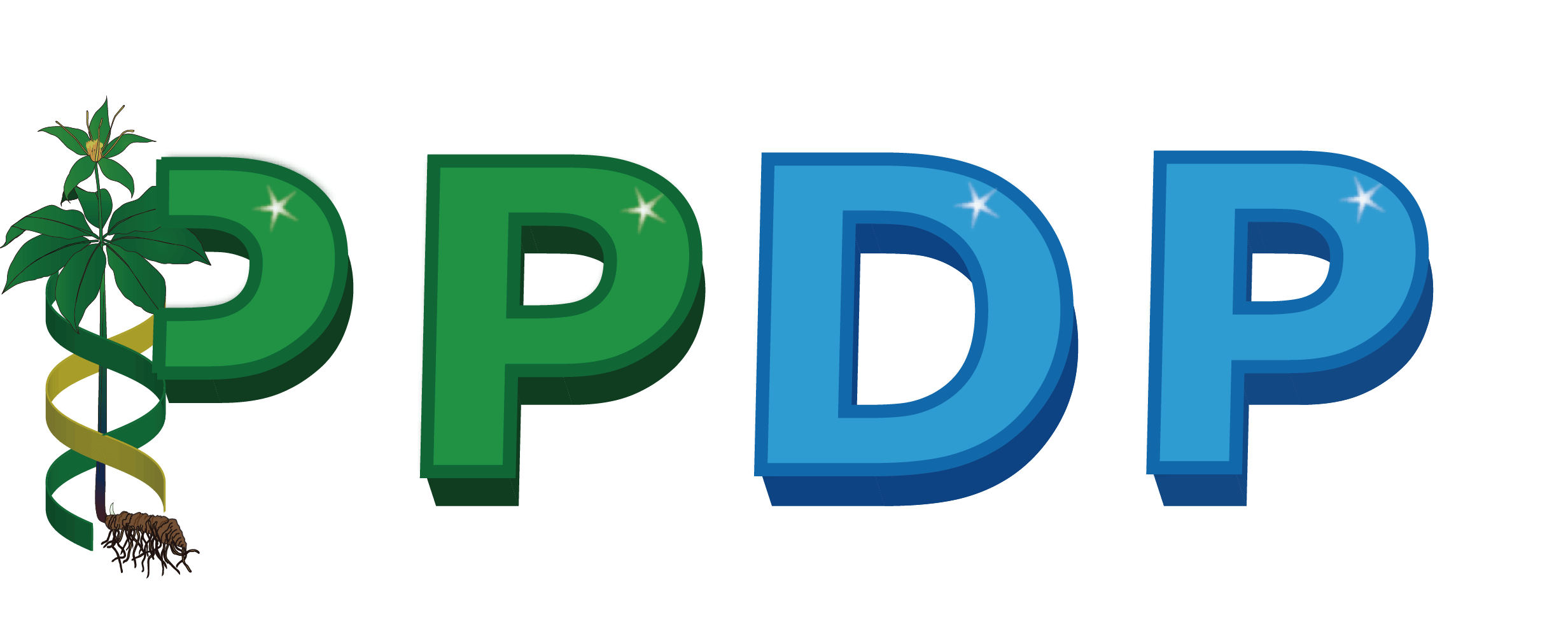1.What is PPDP?
Paris polyphylla var. yunnanensis (Franch.) Hand.-Mazz. (Melanthiaceae) is a perennial medicinal herb that is mainly distributed in Southwest China. P. polyphylla var. yunnanensis can biosynthesize polyphyllins with significant effect in anti-inflammation, hemostasis, and antitumor. Its dried rhizome has been used as an important traditional Chinese medicine for a long time. In case of resource shortage, the aboveground parts are being exploited for compressive utilization of this herb. Transcriptome data of P. polyphylla var. yunnanensis is provided in database PPDP. The practical characterization and tools (such as build heatmap, construct coexpression network) in PPDP will help you better understanding this medicinal herb. Welcome your suggestions.PPDP is a biomolecular database of paris polyphylla var.yunnanensis,which include transcriptome sequencing data,assembly data,and transcriptome functional annotations now.In addition,it also provides download and online BLAST service.PPDP can provide an important platform for the research of the transcriptome of paris polyphylla var.yunnanensis. In the future, we will continue to provide genome data and other molecular biological information to gradually improve the database.
2.Data source and processing
a. Sampling

We obtained RNA for Illumina sequencing from different tissues of Paris polyphylla var. yunnanensis in four stages: growth stage, flowering stage, fruit stage and senescence stage, as shown in the figure.The transcriptome were used for quantification.
b.Transcriptome assembly

RNA samples were sequenced on the Pacbio platform, then full-length transcripts were identified by the PacificBiosciences tools:IsoSeq v3.
c.Functional annotation

To understand the functions of P. polyphylla var. yunnanensis unigenes, BLAST(with an E-value < 10 -5) was utilized to search against database Nr and KOG. And uni-genes were functionally categorized by GO, Swiss-Prot and Pfam using Trinotate pipeline. KEGG annotations were assigned using the online service KAAS and KofamKOALA.If unigenes did not annotated in any above databases, they were subjected to noncoding RNA prediction using CNCI, PC2, and PLEK. In total, 33309(91.25%) unigenes were annotated in at least one of the six databases, and 12850(35.20%) unigenes were annotated in all databases.
3.Usage of Database
a. Browse
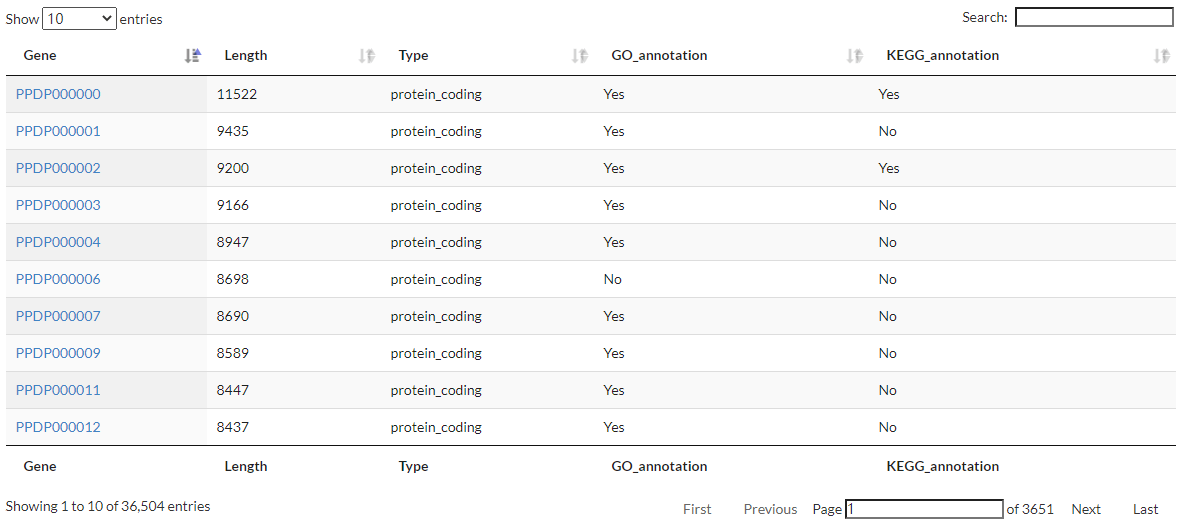
In "Browse" module, you can browse all genes.If you want get more information,click it.
b. BLAST
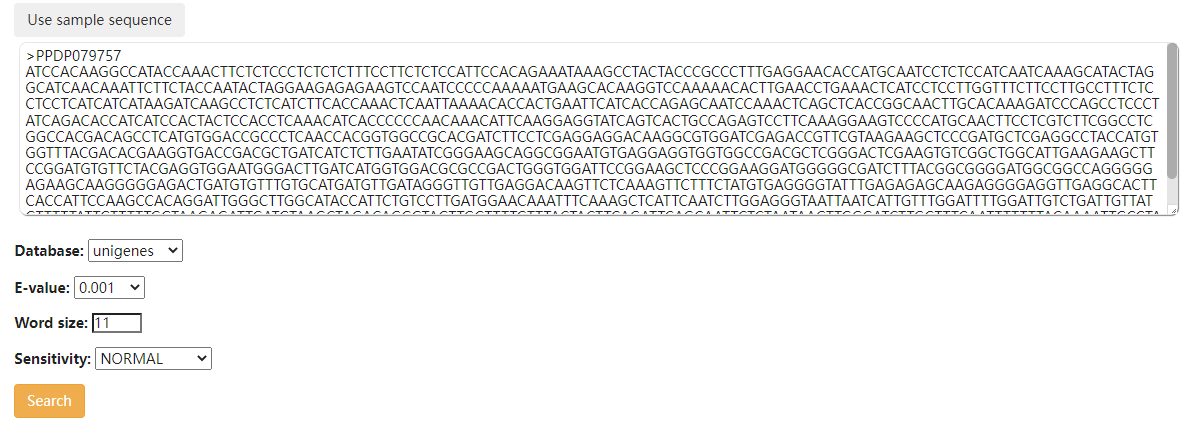
In "BLAST" module, you can query PPY unigenes based on sequence similarity.
c. Heatmap
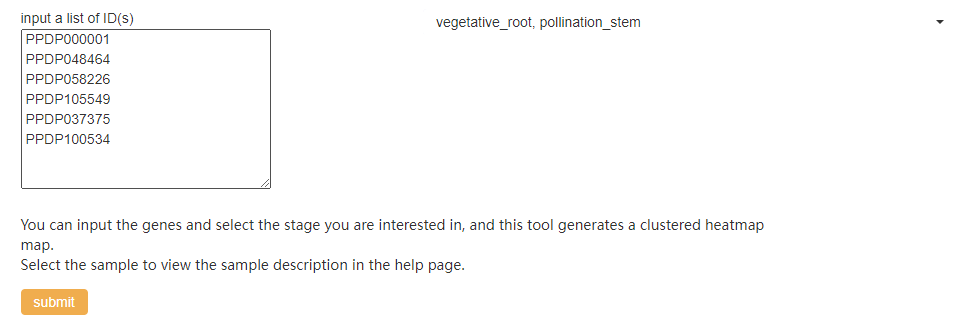
In ‘Heatmap’ module, you can retrieve the gene expression patterns of a set of genes from different growing periods.
d. Network

‘Network’ module can be used to extract a sub-network for user-specified genes from the global co-expression network.
e. GO enrichment


‘Enrichment’ module provides GO and KEGG enrichment of genes of interest to the user.
f. TF family
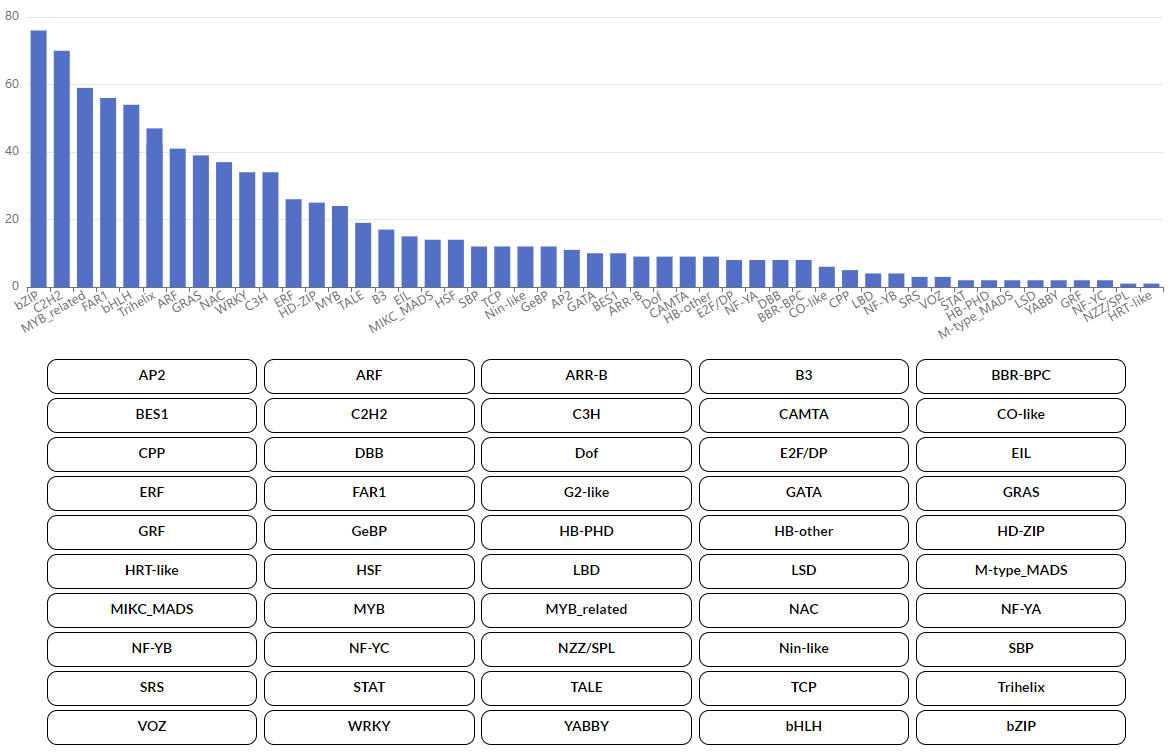
Uses can browse the transcription factor family and get the queried genes by click the tf whcih be interested in。
g. P450 & UGT
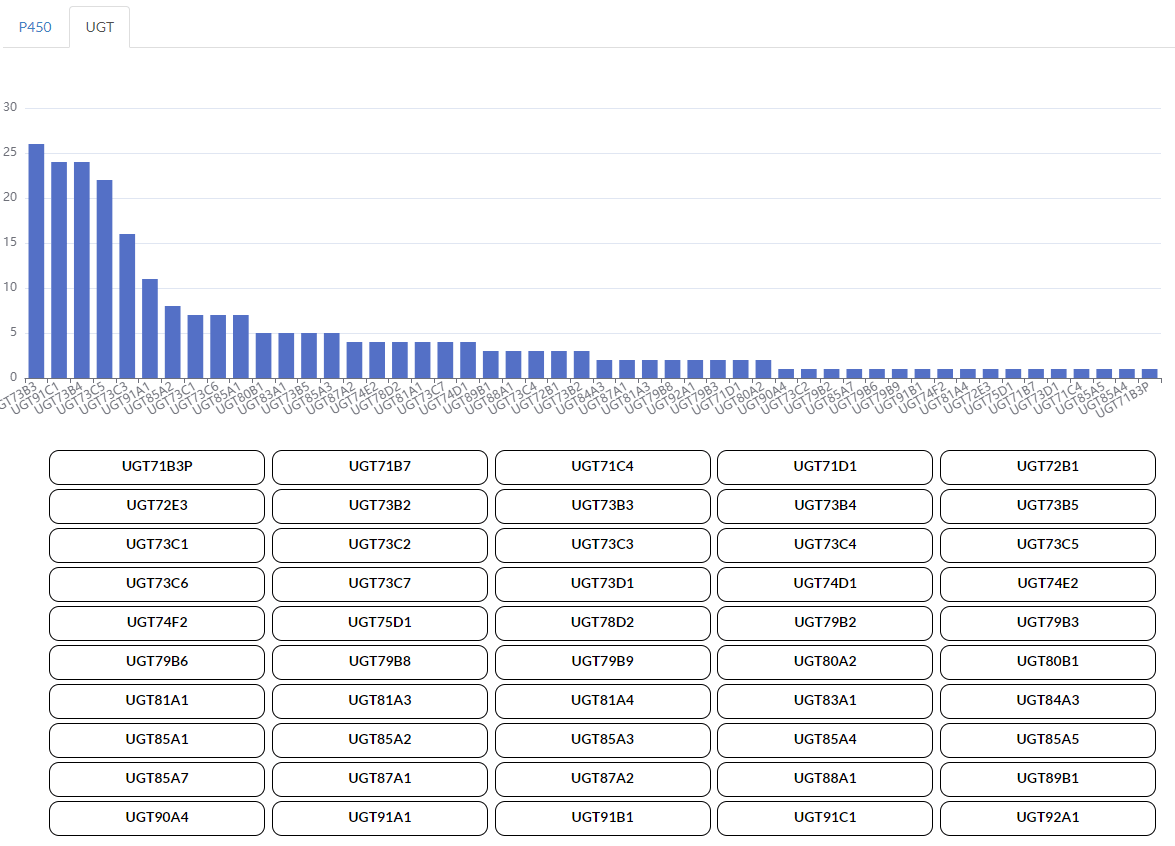
P450s and UGTs are very important for plant growth and development, and also play a crucial role in the synthesis of plant secondary metabolites. Uses can browse the P450s&UGTs and get the queried genes by click the gene family whcih be interested in。
